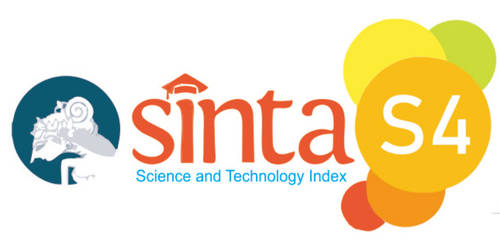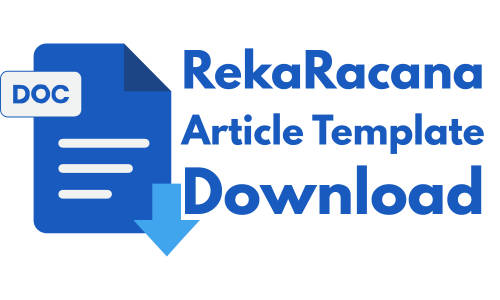Pengaruh Subtitusi Parsial Limbah Bata Ringan terhadap Kuat Tekan Mortar Geopolimer
Sari
ABSTRAK
Dewasa ini penggunaan material pengikat berunsur alumina (Al2O3) atau silica (SiO2) seperti fly ash sebagai material substitusi semen mulai dijumpai dalam pembuatan beton berkelanjutan, yang seringkali dikenal sebagai beton geopolimer. Limbah bata ringan memiliki kandungan alumina atau silica sehingga dapat digunakan dalam campuran beton geopolimer. Oleh sebab itu, penelitian ini memiliki tujuan untuk menganalisis kekuatan tekan mortar geopolimer akibat pengaruh substitusi parsial limbah bata ringan (LBR) baik sebagai binder terutama precursor fly ash (FA) maupun filler pasir galunggung (PG). Variasi substitusi parsial LBR terhadap FA yaitu 0%:100%; 10%:90%; 20%:80% dan 30%:70% sedangkan variasi substitusi parsial LBR terhadap PG yaitu 10%:90%; 15%:85% dan 20%:80%. Pengujian kekuatan tekan mortar dilakukan pada usia 7, 14 dan 28 hari. Pada usia 28 hari, kekuatan tekan mortar geopolimer dengan variasi 10% limbah bata ringan:90% fly ash yaitu 46,74 MPa. Sedangkan kekuatan tekan mortar geopolimer dengan variasi 10% limbah bata ringan:90% pasir hanya 26,37 MPa. Hal ini mengindikasikan bahwa substitusi limbah bata ringan sebagai agregat halus tidak direkomendasikan karena kekuatan tekan mortarnya mengalami penurunan yang diakibatkan kadar penyerapan alkali akivator begitu cepat sehingga reaksi polimerisasi dengan precursor tidak berlangsung dengan baik.
Kata kunci: limbah bata ringan, mortar geopolimer, kekuatan tekan
ABSTRACT
Nowadays, the use of binder materials containing alumina (Al2O3) or silica (SiO2) such as fly ash as a cement substitute material is starting to be found in the manufacture of sustainable concrete, which is often known as geopolymer concrete. Light brick waste contains alumina or silica so it can be used in geopolymer concrete mixtures. Therefore, this research aims to analyze the compressive strength of geopolymer mortar due to the influence of partial substitution of light brick waste (LBR) as a binder, especially fly ash (FA) precursor and Galunggung sand (PG) filler. Variations in partial substitution of LBR for FA are 0%:100%; 10%:90%; 20%:80% and 30%:70%, while the variation in partial substitution of LBR for P is 10%:90%; 15%:85% and 20%:80%. Mortar compressive strength testing was carried out at 7, 14 and 28 days. At 28 days, the compressive strength of geopolymer mortar with a variation of 10% light brick waste: 90% fly ash is 46.74 MPa. Meanwhile, the compressive strength of geopolymer mortar with a variation of 10% light brick waste: 90% sand is only 26.37 MPa. This indicates that the substitution of light brick waste as fine aggregate is not recommended because the compressive strength of the mortar decreases due to the rate of absorption of the alkali activator so quickly that the polymerization reaction with the precursor does not proceed well.
Keywords: light brick waste, geopolymer mortar, compression strength
Teks Lengkap:
PDFDOI: https://doi.org/10.26760/rekaracana.v10i1.51
Refbacks
- Saat ini tidak ada refbacks.
e-ISSN : 2477-2569
dipublikasikan oleh :
Program Studi Teknik Sipil
Institut Teknologi Nasional Bandung
Alamat: Jl. PHH. Mustofa 23 Bandung 40124
Kontak: Tel. 7272215 (ext. 206) Fax. 7202892
Didukung oleh :
Badan Musyawarah Pendidikan Tinggi
Teknik Sipil Seluruh Indonesia (BMPTTSSI)
RekaRacana © 2025 by Itenas is licensed under CC BY-SA 4.0








